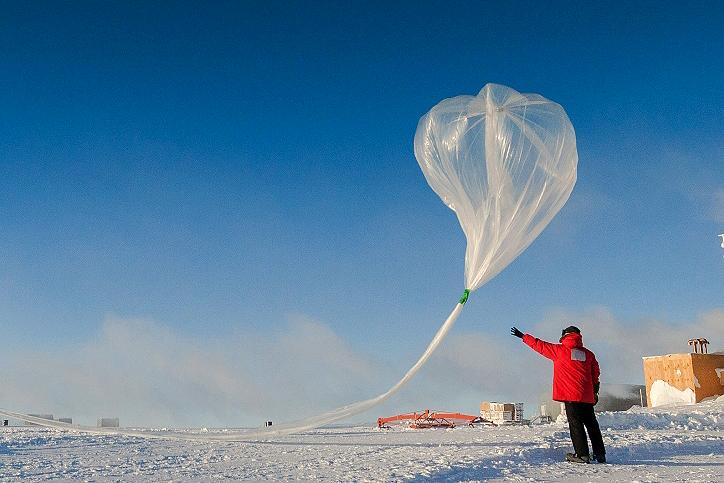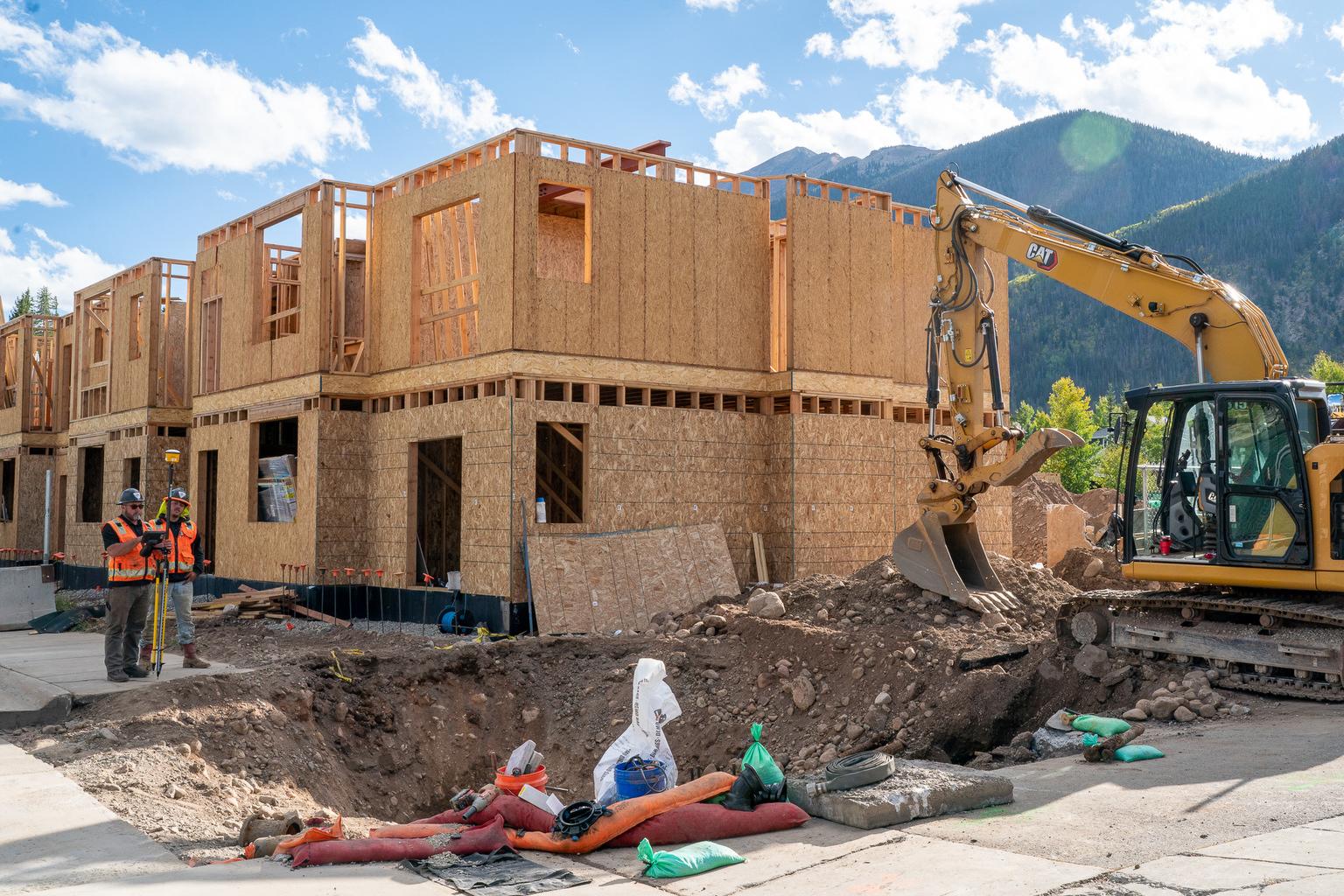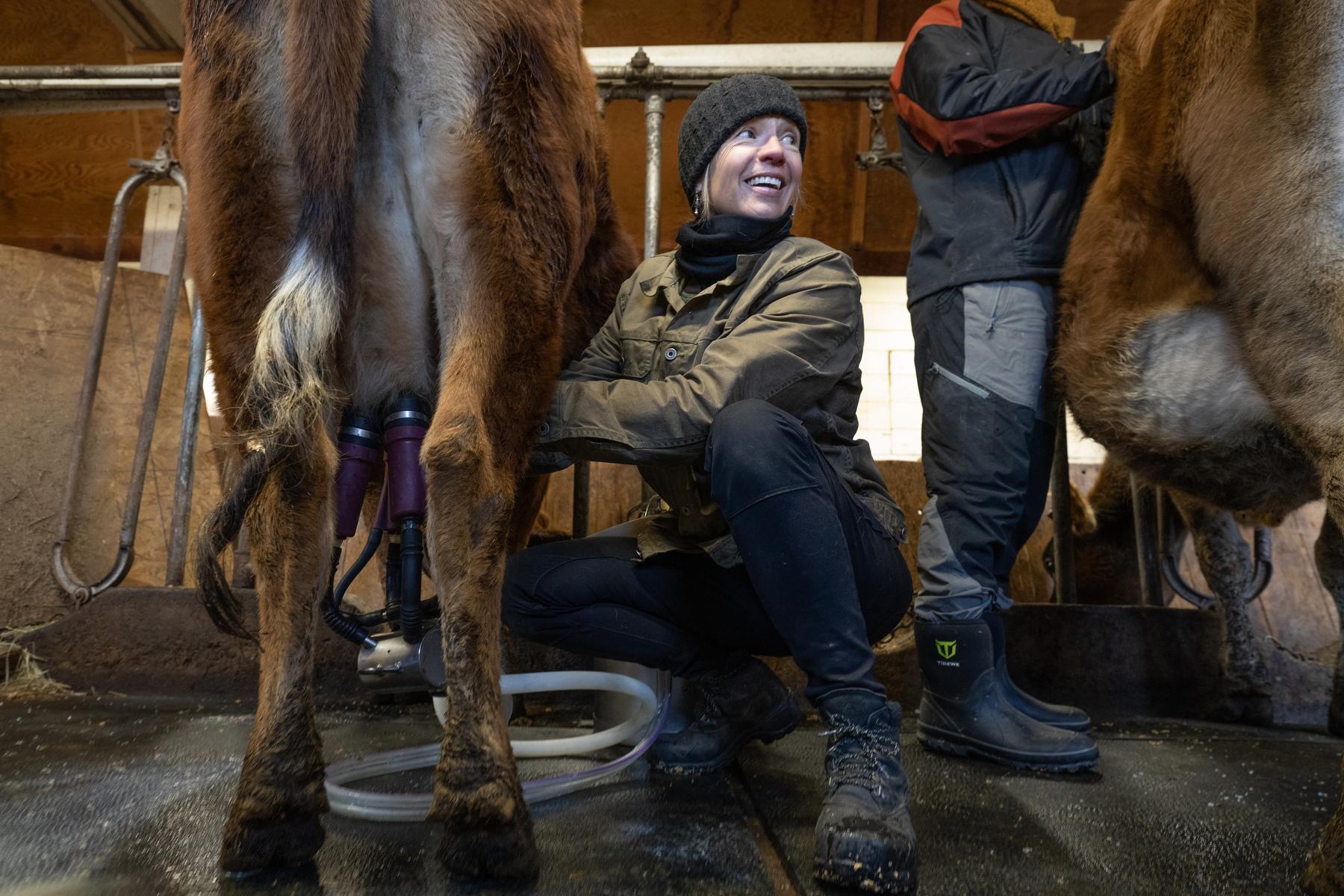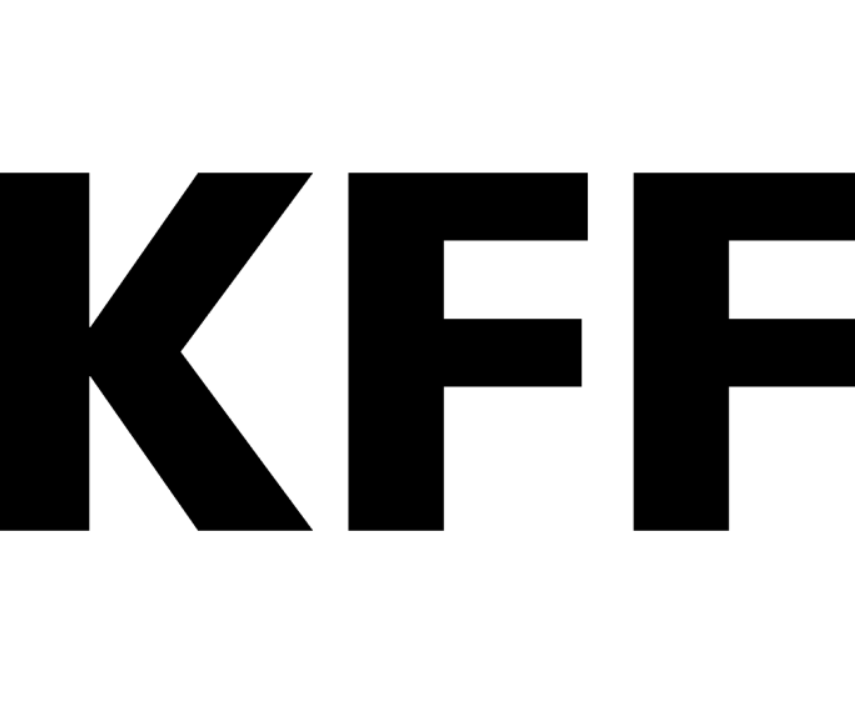

New research from the National Oceanic and Atmospheric Administration in Boulder suggests there are new sources of a banned ozone depleting chemical. The finding matters because ozone layer in the stratosphere helps filter skin cancer-causing ultraviolet radiation.
“This is the most surprising and unexpected thing that I’ve observed in 27 years of making these measurements,” said Steve Montzka, a research chemist at NOAA and lead author of the paper. “There’s been a lot of fun stories to tell, there’s no doubt. But this is most surprising one.”
The findings, published in the journal Nature, show that since 2012, the rate of decline for a substance known as CFC-11 has slowed, and Montzka’s research suggests new emission sources may have popped up over East Asia. The New York Times reports:
The scientists say that the increase is likely a result of new, unreported production of the gas, known as CFC-11, probably in East Asia. Global production of CFC-11, which has been used as a refrigerant and in insulating foams, has been banned since 2010 under the Montreal Protocol.
The Montreal Protocol, signed by more than 200 countries and generally regarded as having a good record of compliance, is designed to protect the Earth’s ozone layer. The growth in the size of the ozone “hole” over Antarctica has slowed. NOAA estimates that these human-produced gases -- chlorine and bromine -- will disappear “by about the middle of the 21st century.
“The reduction in the atmospheric concentration of trichlorofluoromethane (CFC-11) has made the second-largest contribution to the decline in the total atmospheric concentration of ozone-depleting chlorine since the 1990s,” the new research says.








